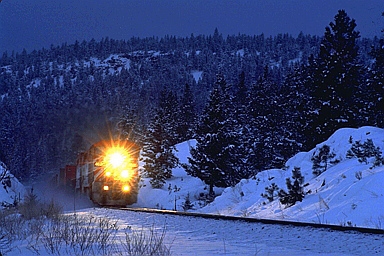The 8th IRHA conference took place from Wednesday 28 November to Saturday 1 December. Destination Budapest. The theme connected with the commemoration of the centennial of the First World War.
There are many research questions for these topics and the subject can be approached in many different ways. One could check how the war affected the railways or vice versa how the railways changed warfare.
The call for papers left a lot of freedom to develop this theme. From the rich harvest of submissions it was not always easy to describe a number of major research topics and to divide the papers into sessions. Nevertheless, the scientific committee has succeeded well. Moreover, the range of presentations was very large, so that it was decided to work with parallel sessions. It is not the best choice, but it is still better to opt for this choice than to refuse speakers. Striking in the program is interdisciplinarity. To mention just one example: the cross-fertilization between the GIS application and historical data. If my memory is still good, we got a demonstration of it during the T2M conference in York. In this application we got an explanation about the method and afterwards a short interactive presentation of the historical data coming from all military train traffic on the Hungarian network. The regular gridlocks were also immediately visible. It is definitely a time-consuming exercise to bring all data into a GIS environment, but you will get a lot in return.
This conference covered a wide range of topics around the central theme of railways in the First World War. The geographical spread was also achieved, although there was a large offer of information about the Eastern front. The quality of the papers and the presentations was generally very high, the visual material used was very well chosen and the map material was of high quality. The president’s call to pay particular attention to this has certainly not fallen into deaf ears.
A conference is more than presenting papers; there are the networking moments and the social events. There was also a good mix here. The opening reception was offered by our institutional partner UIC. A day later we were guests at a reception, offered by H.E. Pascale Adréani, Ambassador of France for a cocktail. The excursion was a very rich program with two museums and a visit to the Keleti railway station in Budapest. Later in the newsletter you will find information about the museums (Millenium Underground Museum and Railway History Park. In any case, it should be emphasized that neither effort nor expense has been spared to the congress participants. A locomotive was steamed in the Hungarian Railway Museum. The smell of the fire was already smelling at the entrance. In other words, it was a total experience.
The trip ended with a short visit to Keleti Railway station, which reads like a history book of the Hungarian railways. The statues of James Watt and George Stephenson have been placed in the monumental façade.
The Lotz hall contains a series of frescoes that were restored in 2008. The station is a design by Gyulia Rochlitz. ‘Le vrai bonheur, ce n’est que dans les gares; le vrai malheur, ce n’est que dans les gares.
An impression is given on our facebookgroup. Find more at: https://www.facebook.com/International-Railway-History-Association- 509624996204289/Paul VAN HEESVELDE



